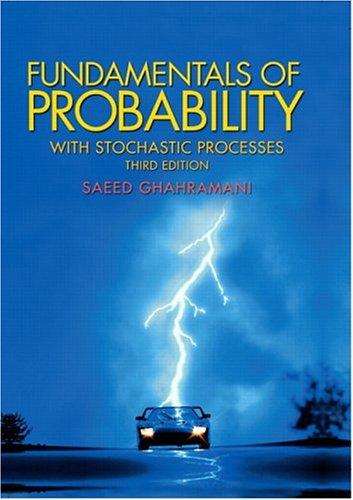31. According to the 1998 edition of Encyclopedia Britannica, there are at least 15,000 to as many...
Question:
31. According to the 1998 edition of Encyclopedia Britannica, “there are at least 15,000 to as many as 35,000 species of orchids.” These species have been found naturally and are distinct from each other. Suppose that hybrids can be created by crossing any two existing species. Furthermore, suppose that hybrids themselves can be continued to be hybridized with each other or with an original species. Orchid lovers develop thousands and thousands of hybrids for use as garden or greenhouse ornamental and for the commercial flower trade. Suppose that all species are crossed, two at a time, to create the first generation of hybrids. Then the first generation of hybrids are crossed with each other and with the original species, two at a time, to develop the second generation of hybrids. The second generation of hybrids are crossed with each other, with the first generation hybrids, and with the original species, two at a time, to generate the third generation of hybrids, and so on. Let n be the total number of original species of orchids. Let nk be the number of hybrids in the kth generation.
(a) Find nk in terms of n, n1, ... , nk−1.
(b) For n = 25, 000, find the largest possible total number of all hybrids in the first four generations.
Step by Step Answer:

Fundamentals Of Probability With Stochastic Processes
ISBN: 9780131453401
3rd Edition
Authors: Saeed Ghahramani






